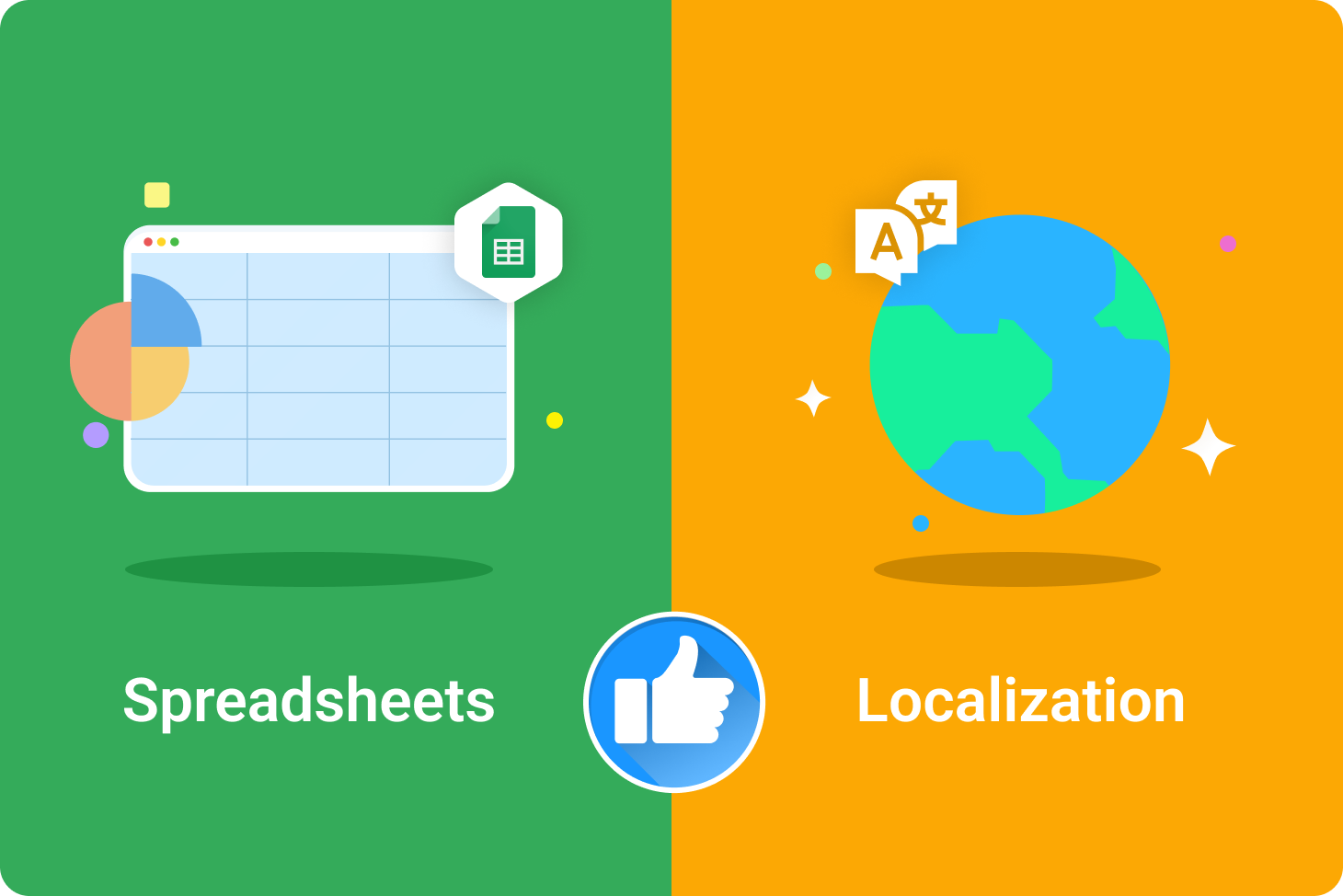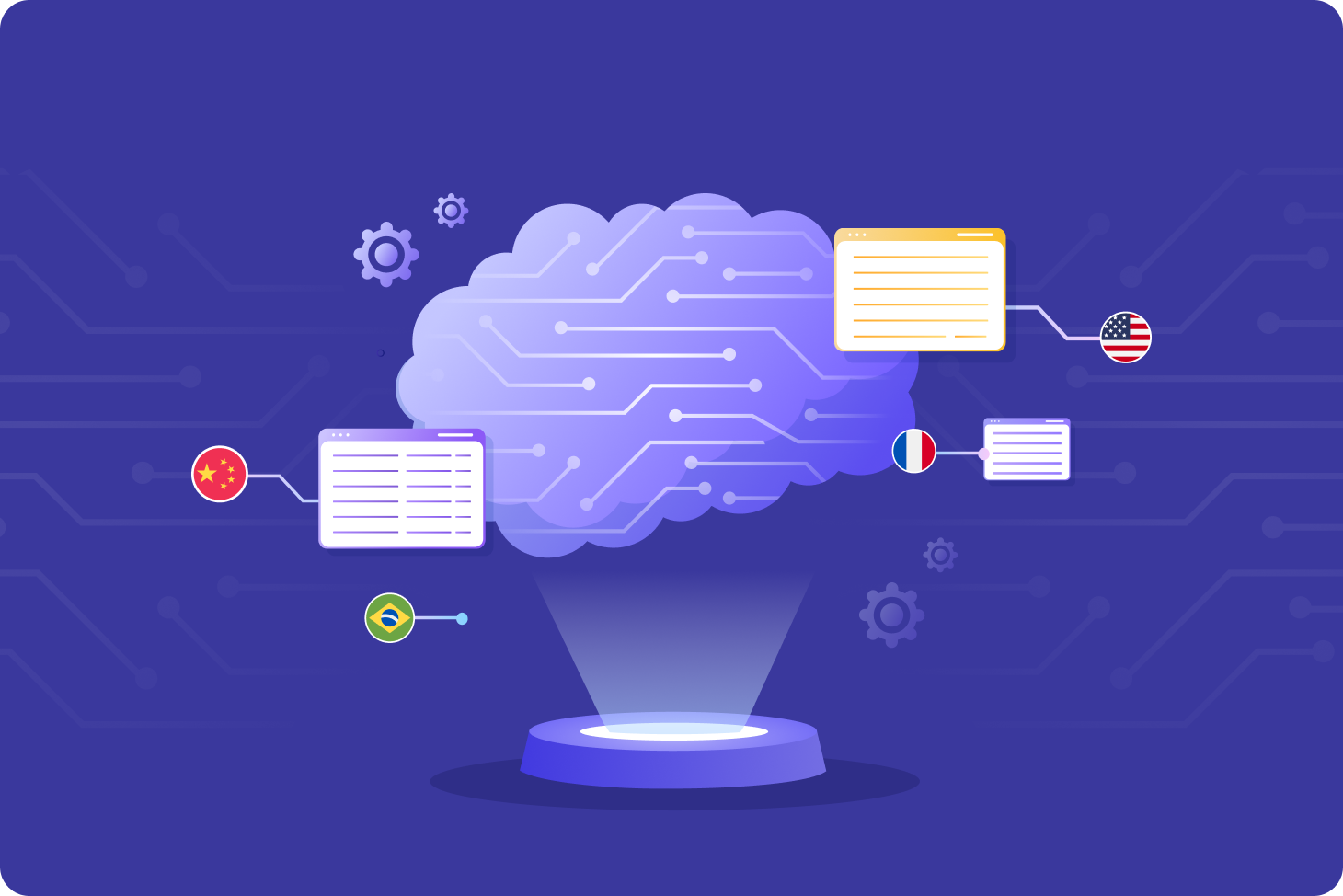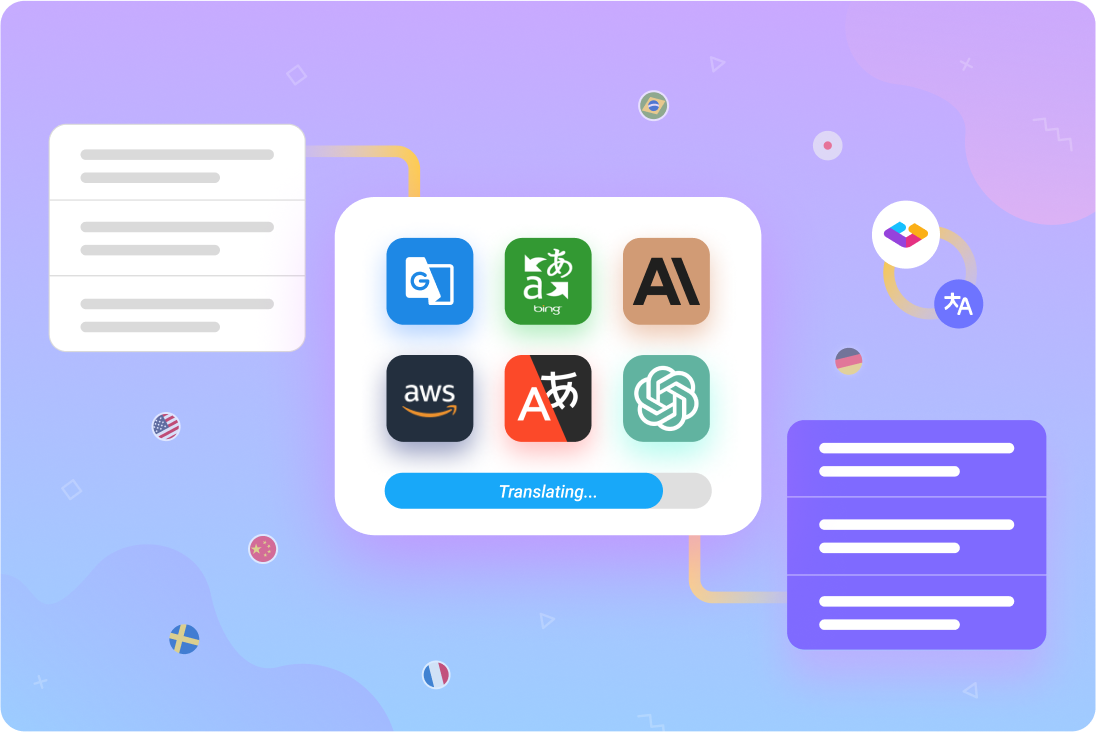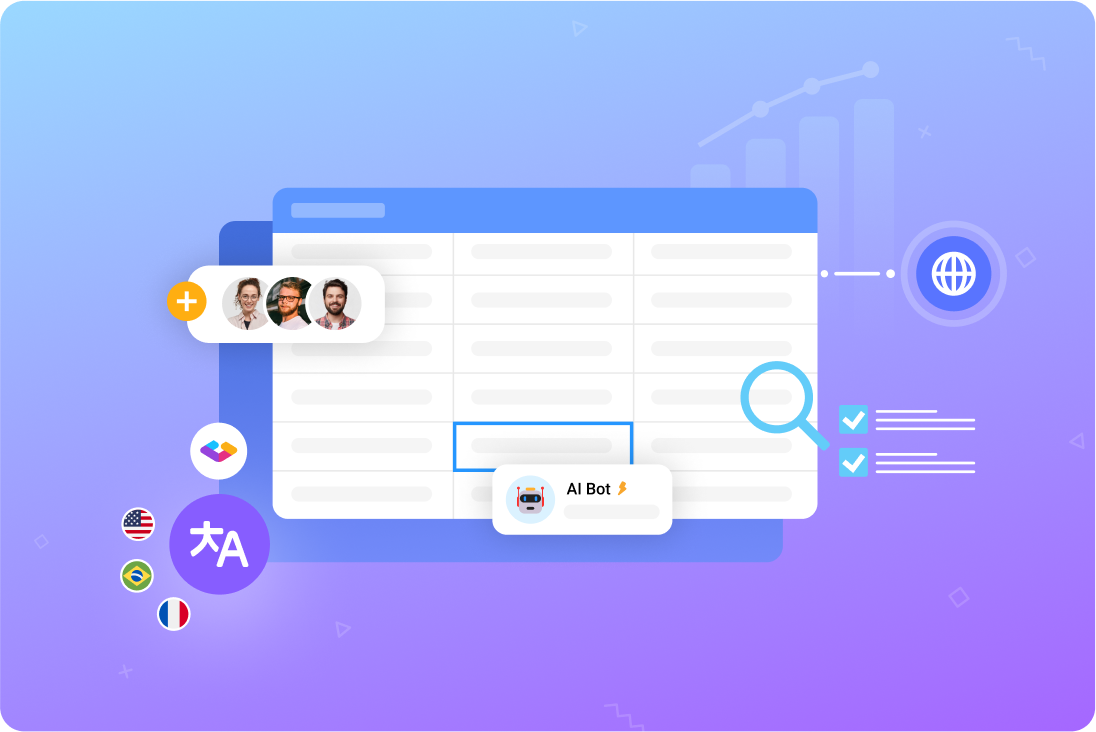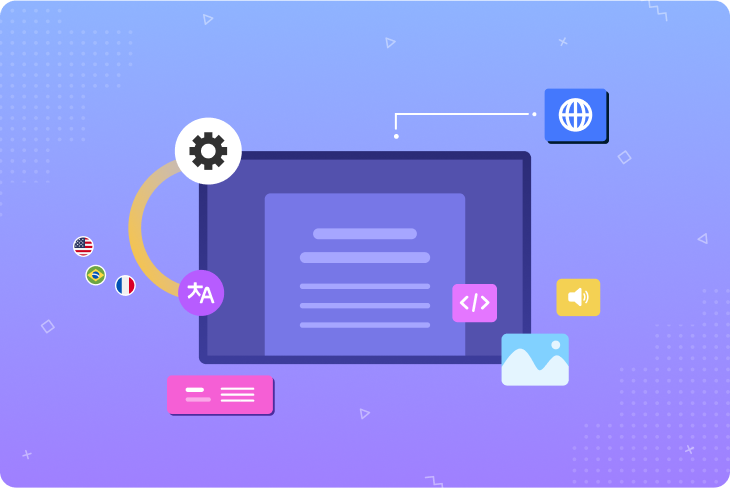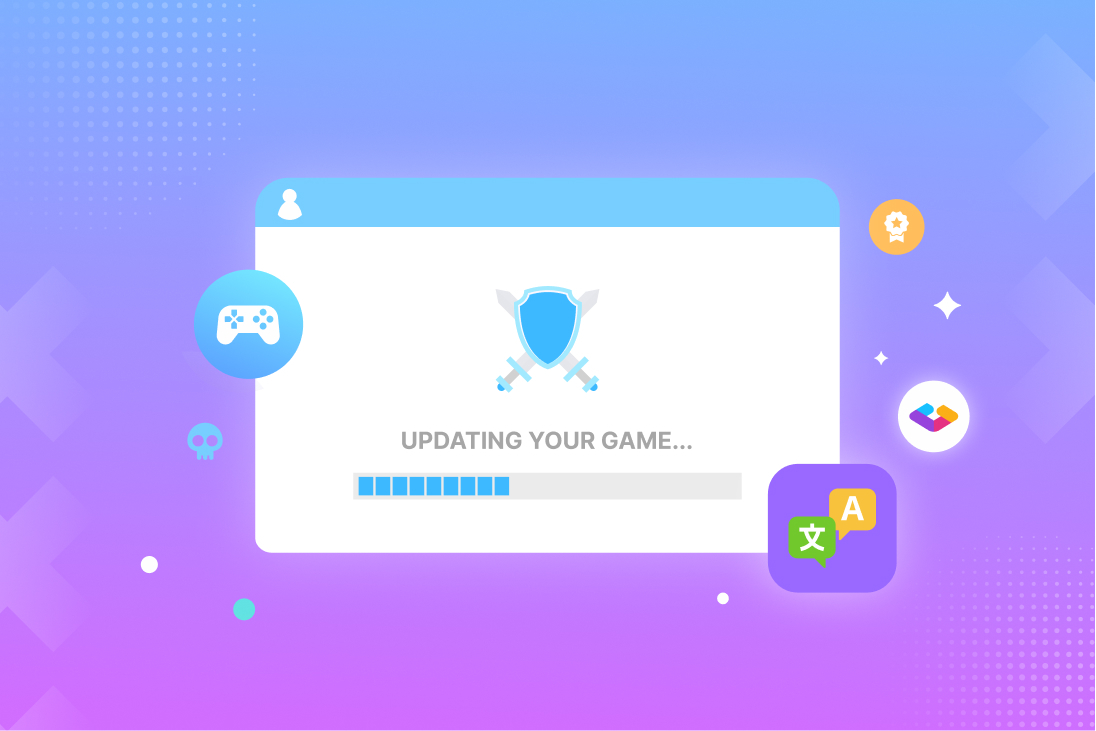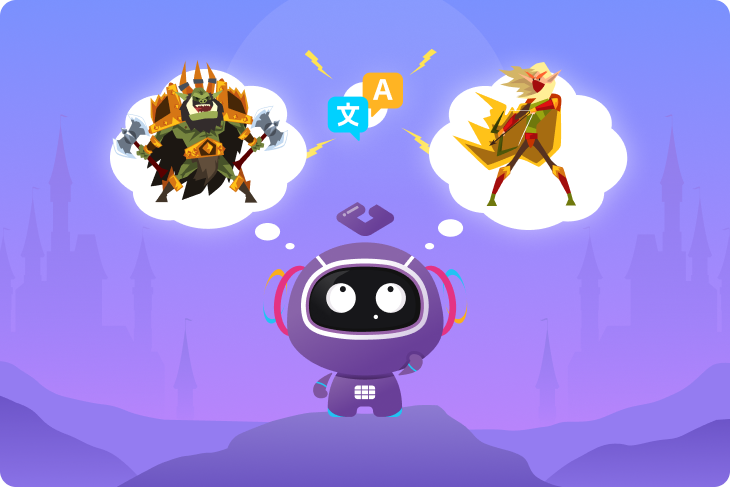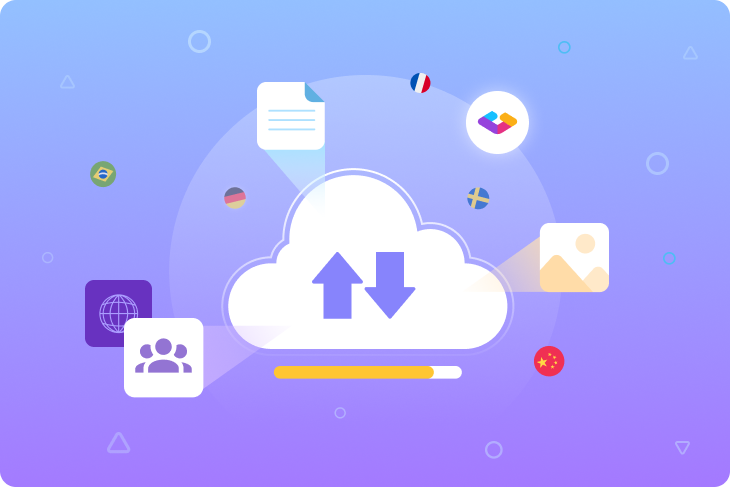As one of the world’s most popular office solutions, the Google suite is a natural choice for anyone looking to create documents, share data, or collaborate on projects. Google Sheets is the internet giant’s answer to Excel — for a long time the standard solution for localization and content management for games. But is Google Sheets actually any good for localization?
Actually, yes — the free spreadsheet can be a great localization tool. Here, we’ll show you why Google Sheets is a natural game and app localization choice, and how you can augment its strengths even further by combining it with a specialized content management platform.
1. Free to use
While many of today’s dedicated localization software tools come at a premium, Google makes its office tools available to anyone for free. This makes Google Sheets ideal for both a smaller studio taking its first steps into localization, or a project manager without a whole lot of wiggle room in their budget.
Anyone with a Google account can create and use a game localization spreadsheet in Google Sheets, and since it’s free to create as many Google accounts as your team needs, Google Sheets is a very attractive bargain at the low price of absolutely nothing.
2. Low learning curve
By now, most of us are familiar with the typical spreadsheet interface. You’ve got your rows and columns, and so as long as your writers and translators know where to type, the localization workflow should be an intuitive one. If you can use Excel, you also know how to use Google Sheets. Simply point people to the right place for their content, and let them get to work.
While some degree of mastery is needed to handle formula creation and other complex features, these advanced skills don’t need to be shared by all involved personnel. So long as one person — likely the localization manager — is able to set up and optimize the Sheet to fit the project, everything else should naturally fall into place. Specialized localization templates make this even easier.
3. Collaborative localization
Back in the old days of localizing with Excel, there’d be no such thing as real-time collaboration with colleagues and other stakeholders. You’d have one master file that one person would own,” and that file would get passed around from one person to the next, each making edits or adding content before sending it onward.
Needless to say, this method of working was mind-numbingly slow. And that’s assuming that everything went exactly according to plan, with no need for changes or revisions. Should the dev team need to bounce the content back to be shortened or otherwise reworked, that’d add even more time to the process.
Google Sheets removes all these hurdles by empowering your team with the ability to work on content in one shared space in real time or asynchronously, without having to worry about file updates or sharing.
In the era of remote work, this feature has become all the more relevant. Leave comments and tag specific people to bring their attention to urgent questions or edits that they can handle when they’re able — while also working together with colleagues in real time, no matter where in the world your team members live.
4. Automated versioning
Every Google Sheet is a living document with a detailed version history. All updates are cataloged and saved, which makes it easy to roll back any unwanted changes and revert to a previous version.
At the same time, there’s no need to save every time you do something new. All changes are saved at the moment you make them — meaning that any Google file always represents the most current version of the project.
The days of near-infinite versions are over, thanks to this real-time saving feature. Whether your team named its Excel files by version numbers or date, you’ll never need to worry about which one is the “official” one ever again.
5. Work on any device
As a SaaS (software as a service) suite, Google Sheets can be accessed on any device. You don’t even need the Google Sheets app, if you’re on mobile — simply log into your account via your browser, and you’ll still be able to view and work on your Sheets.
Compare that to Excel or other programs that get installed directly on your device. If someone on your team doesn’t have access to Microsoft Office, they won’t be able to get anything done. This isn’t true for Google Sheets, which lets anyone log in and work no matter what device they’re using.
Team members who feel more comfortable in Excel or other spreadsheet programs can still get their work done, too. Just export your Google Sheet and store it in a shared folder where anyone can find it.
6. All your languages in one place
Google Sheets and other spreadsheet tools leapfrog you past one of the biggest limitations presented by many popular localization tools: the ability to work on only one language pair at a time. Instead, a spreadsheet interface allows you to store all your language strings in one central workspace.
Each translator can perform their work alongside the others, saving you the trouble of manually copying and pasting translations from individual workspaces into your master document. Having all your content in one place is also great for localization quality assurance, as you can check everything before performing additional work, such as manual importing.
7. Limit access permissions
Since anyone can seemingly edit your sheet at any time, you may be worried about unwanted changes or potential errors being added to your work — especially when it’s time for localization quality assurance. Fortunately, these risks can be somewhat mitigated with Google’s access control, which makes it easy to figure out how to lock a Google sheet.
Whenever you share a Sheet, you choose whether someone can edit or simply view its content. Additionally, you can set the entire project so that it can be accessed by anyone within your organization, or only those with the specific link to that project. And it’s way easier to send a link around than it is to email an endless series of massive Excel files every time there’s a change.
Combine Google Sheets with Gridly for even smoother localization
With all of the strengths Google Sheets has, it’s not quite the same as a content management spreadsheet that’s designed with localization in mind. Gridly is another free-to-use platform that, like Google Sheets, allows for real-time collaboration and instant version updates, but also protects against unwanted errors, duplicate entries, and other complications.
Gridly’s built-in integration with Google Sheets lets you easily import selected content from various Sheets into one master content source that serves as an official source of truth for your project. Team members can work on their own Sheets at their convenience, with their work easily imported into your Gridly projects for easy verification, ongoing localization, and content publishing.
Ready to take your localization workflow to the next level? Augment Google Sheets with Gridly to enjoy the flexibility and ease-of-use you’re used to along with the superior control and automation Gridly provides. Get started for free today.
